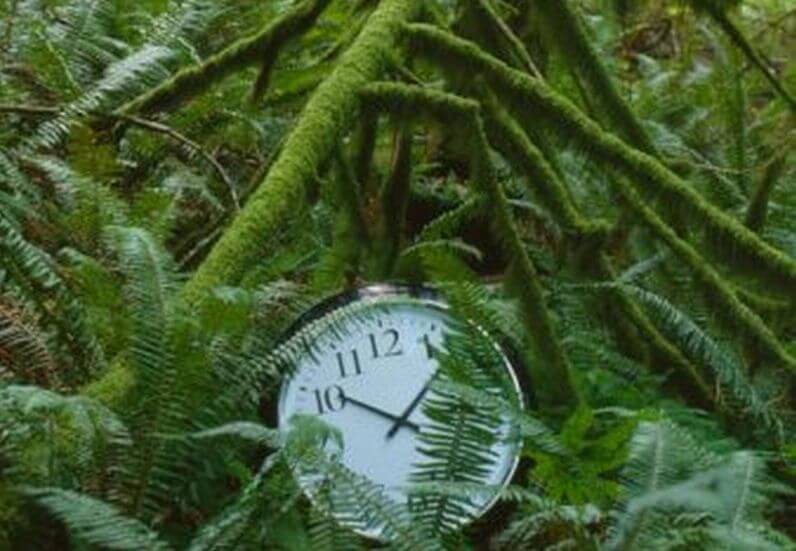SITTPPD003 – Coordinate and operate sustainable tourism activities
In this unit of study you will learn to;
- Organise sustainable activities
- Conduct activities with minimal impact
- Monitor impact and changes
Introduction
Australia welcomed 8.5 million visitors from overseas in the year ending May 2017. These visitors spent a record $39.8 billion dollars whilst here. Added to this is the number of domestic tourist that our states and regions welcome each year, and we can see that tourism is a major contributor to the nation’s economy.
While this is, certainly, good for the economy it is not always a good thing in terms of the environment as the influx of large numbers of visitors to an area can, potentially, do damage to not only the local ecology but also the social and cultural heritage of an area as well as to the local community
Then, too, there are global environmental issues associated with climate change. The increased need for tourism infrastructure contributes to our carbon foot print through the greater need for construction to build facilities such as hotels, restaurants and attractions as well as transport to get tourists to, from and around the region – to name just a few of the issues.
Greater numbers of tourist also impact on the consumption of energy and water with more and more people putting a strain on local facilities and resources that might already be in short supply. Many areas of Australia are subject to long drought periods and the influx of tourist can cause serious problems when dam levels are low; tourists coming from overseas often do not understand the need to conserve water and will use it freely and in a wasteful manner. An increase in visitor numbers will also create more waste and other pollution issues which the local community must then also deal with.
Despite the negatives, there are also many positive aspects to encouraging tourism into an area. It provides additional revenue that can then be used to improve the local facilities. It can also be educational for not only the tourists, but for the local residents who can interact with, and learn about, people from other areas and cultures.
What is sustainable tourism?
The Oxford online dictionary defines sustainable as;
- something able to be maintained at a certain level;
- Conserving an ecological balance by avoiding depletion of natural resources
The most commonly used definition of “sustainable tourism” however is still that which is given in the World Commission on Environment and Development (1978) report:
“sustainable development is a process to meet the needs of the present without compromising the ability of future generations to meet their own needs”
Tourism, however, can change the very nature of a destination in a variety of ways. It has far reaching implications not only to tourist related services such as hotels, restaurants and transportation, it can also have significant impact upon the host community. For the tourism industry, as well as the environment in which it operates, to thrive it must ensure that its operations do not harm this environment; whether it is social, cultural or environmental. It becomes necessary, then, for organisation’s who wish to develop tourist activities to do so in a manner that is sustainable into the future.
The social effects of tourism can not be thought of as all bad; people in countries and regions that are now popular tourist areas have benefited by improvements to their lifestyle. An increase in the number of visitors to an area can create employment for the local community, and the building of tourism infrastructure and facilities means that local people can enjoy these make use of them as well.
So the aim of sustainability in tourism is to carefully integrate tourism into local and regional culture rather than to integrate culture into tourism; locals need to be given the opportunity to not only keep their traditions for visitors, but also live family culture and rites to the exclusion of strangers.
….continued in learner guide ….
